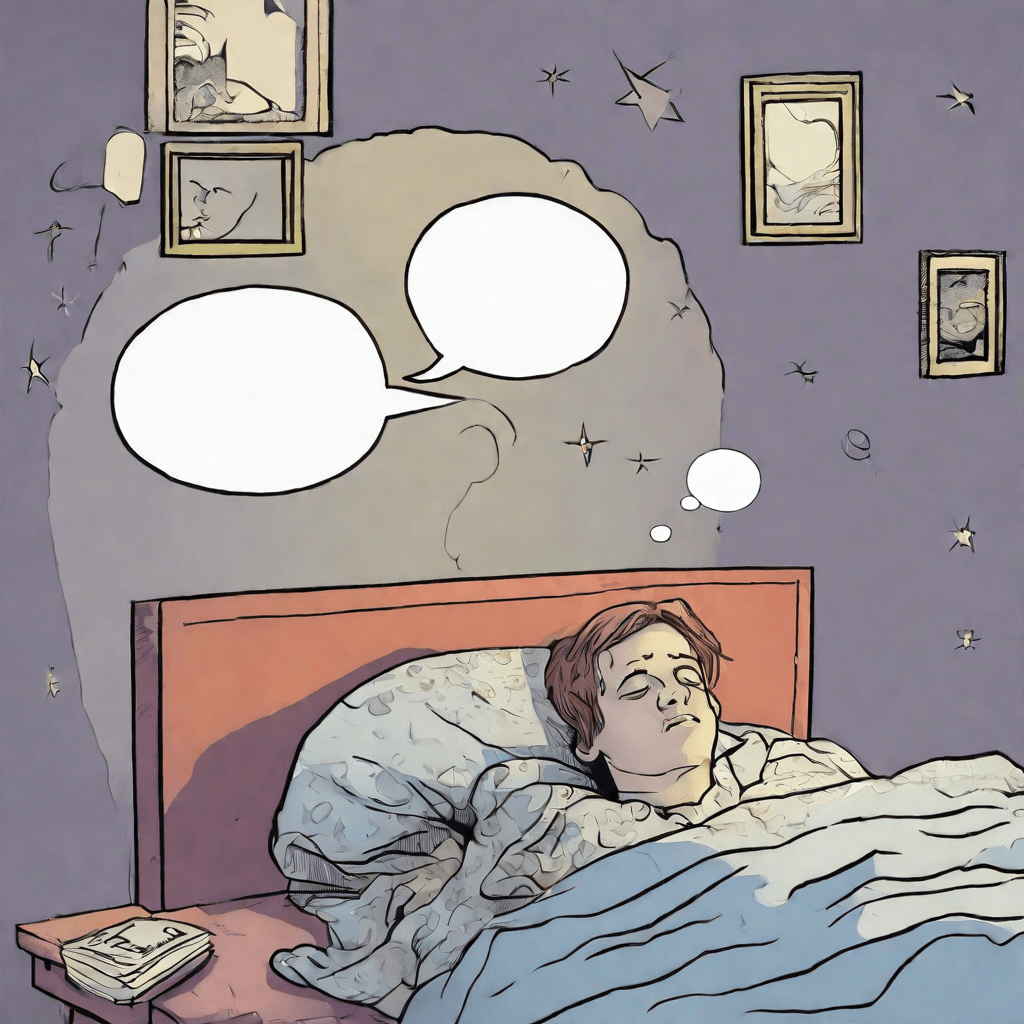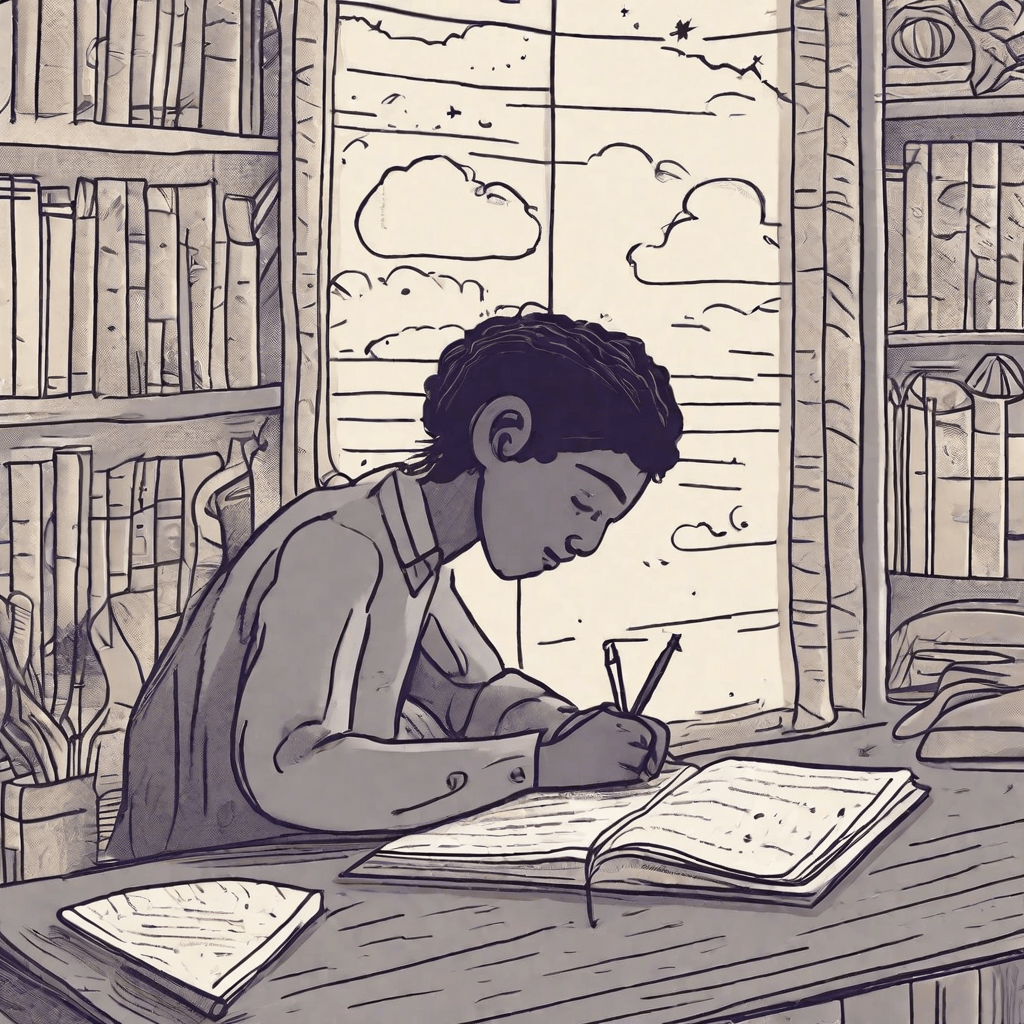How To Do Dream Analysis

When was the last time you woke up from an intense dream, questioning its purpose or seeking to decipher its hidden message?
Welcome to the realm of dream analysis, a fascinating psychological discipline that explores the vast landscape of our subconscious mind.
Dream analysis, at its core, involves the careful examination and interpretation of the dreams experienced during our sleep.
Through an intricate process, we venture into the world of symbols, hidden thoughts, and inner desires shadowed in our dream narratives.
This elucidation of dream symbols provides an intuitive language that communicates our deepest thoughts, often revealing insights that our conscious minds overlook.
Pondering upon the question – Why do we dream? – we encounter powerful theories, like those that originated from the founder of psychoanalysis, Sigmund Freud.
He deemed dreams as the ‘royal road to the unconscious,’ signifying an essential key to understanding our psyche.
While dreams may appear random or nonsensical, dream analysis posits that they are, in fact, meaningful and have the potential to bear revelations about our emotional well-being, personal struggles, and wishes.
Delving into the principles that underpin dream analysis, it becomes evident that such a tool was not developed merely to satisfy intellectual curiosity.
Instead, dream analysis can serve a therapeutic function in highlighting areas of unease, discontent, or personal conflict present in our daily lives. Harnessing this understanding can catalyze personal growth, self-awareness, and ultimately, inner peace.
The Process of Dream Analysis
Gifted with an intricate internal cinema, humans have always been intrigued by their dreams.
Through the ages, from ancient civilizations to the modern era, we have sought to comprehend these night visions and their potential meanings.
The process of dream interpretation, thus, is akin to untangling a mystery, peeling away layers of the subconscious mind to reveal underlying truths.
Key Elements to Recall and Record
Unraveling the elements of a dream usually begins with recollection. Memories of dreams can often be fleeting, fading away within minutes after awakening.
Therefore, it is crucial to jot down as much detail as possible to enhance the dream interpretation process.
This information could include the characters, symbols, occurrences, places, feelings, and even the sequence of events in the dream.
Every dream symbol in an unconscious mind exploration holds weight, as they are the language the subconscious uses to convey messages.
For instance, water could symbolize emotion, while a bridge might represent a transition or significant change.
An effective subconscious imagery examination acknowledges these potential meanings, considering them in relation to the dreamer’s personal circumstances.
Understanding Dream Categories

Just as movies belong to different genres, dreams too can be categorized into types according to common themes and symbols.
Sleep pattern analysis has revealed several recurring categories such as chase dreams, falling dreams, flying dreams, and dreams of being naked, each encoded with specific meanings.
Identifying the categories to which your dreams belong can advance the larger process of dream analysis.
For example, chase dreams may signify avoidance or escape from confrontation, while dreaming of falling could reflect feelings of insecurity or loss of control.
These categories facilitate a structured approach to decoding dream symbols, regardless of how abstract they may seem on the surface.
The Role of Personal Context
While dream dictionaries and general symbol interpretations can guide the journey of dream analysis, it’s important to remember that these interpretations are not absolute.
Dreams are highly subjective experiences that reflect the dreamer’s unique psyche, thus making personal context central to the dream interpretation process.
Personal experiences, emotions, and our daily events can have a significant impact on our dreams.
For instance, someone with a phobia of snakes might dream of serpents, symbolizing fear in their waking life.
Sensitivities to these personal elements improve the accuracy and importance of dream analysis, leading to more enlightened insights and self-understanding.
To paraphrase Carl Jung, dreams are the bridge forging our conscious and unconscious worlds.
The exploration of these sleeping thoughts can unveil our hidden fears, unexpressed desires, and unprocessed emotions, eventually bringing us closer to our authentic selves.
Examples of Dream Analysis

Grasping the concept of dream analysis can be daunting but providing real examples can make the process much clearer.
Let’s delve into some instances to better understand the subconscious’ language and how one might begin to interpret the contents of their dreams.
Detailed Walk-Through of Interpreting a Common Dream
Imagine you’ve dreamt about losing your teeth, a common theme in dreams across cultures. Recalling this imagery might create feelings of distress or confusion.
However, deciphering this dream within the context of your waking life might provide a more accurate interpretation.
The process of dream decoding begins by identifying and piecing together dream elements.
In many cultures, teeth are seen as symbols of power and confidence. Losing them in a dream might reflect feelings of insecurity, helplessness, or a significant transition in waking life.
However, if viewed through the lens of Freudian dream theory, which explores our underlying desires, the interpretation might take a different path.
As such, relating dream symbols to your own personal life is an essential part of dream analysis.
Analysis of a Complex Dream
Complex dreams often weave tangled narratives, presenting a puzzle to the dreamer.
Let’s consider a dream where you are scrambling up a hill while being pursued by a huge boulder, reminiscent of the myth of Sisyphus.
The psychoanalytical dream study here could involve a feeling of constant struggle or persistent hurdles in your life, impeding your progress.
Just as the boulder ever threatens to squash Sisyphus, you may feel overwhelmed by responsibilities or problems that keep recurring, symbolized in your dream as the ceaseless toil up the hill.
This dream may be your mind nudging you to explore these issues more thoroughly in your waking life.
The Dream Interpretation of Differing Dream Types
Different types of dreams carry varying levels of symbolism and must be interpreted accordingly.
From nightmares to lucid dreams and recurring dreams, each provides a unique window into your subconscious mind.
For instance, recurring dreams signify issues that need to be addressed in real life. They continue to appear until the underlying issue is processed or resolved.
If you have recurrent dreams of standing at the edge of a cliff or a steep staircase, it may signify feelings of vulnerability and fear of what lies ahead.
The dream is your mind’s way of encouraging that these emotions are addressed. On the other hand, lucid dreams, where you are aware that you are dreaming, can be a rich source of creative inspiration or problem-solving.
Remember, successful dream interpretation lies in highlighting your dream patterns, understanding the context, and considering your emotional response.
It’s a powerful tool that enables exploration of your inner depth, stepping stones in your journey of self-discovery.
Tools and Techniques for Effective Dream Analysis
The practice of dream analysis may seem baffling at first, given its elusive and subjective content.
Yet, there are many techniques and tools to help you navigate this path to your subconscious. Here, we will delve into some helpful methods that can bring clarity to your nighttime reveries.
Dream Journals and Their Importance

Consistently recording your dreams in a dream journal is an excellent starting point in dream interpretation.
The first few minutes after waking are crucial for capturing as many details as possible about your dream.
Writing down these details not only preserves them but can sometimes jog more memories, adding more depth to the sleeping thought analysis to be carried out afterward.
Recording dreams isn’t just about noting down sequences—it’s about capturing your emotional responses, specific symbols, colors, the identities of characters, locations, and more.
With time, a dream journal becomes a rich resource for recognizing patterns and recurring themes, invaluable when explaining dream symbols in your personal context.
The act of writing also encourages deep thinking about possible meanings and correlations to waking life.
Description of Popular Psychological Approaches to Dream Interpretation
Central to dream analysis are the psychoanalytical theories of Freud and Jung.
The Freudian method highlights the importance of the subconscious desires and conflicts that influence our dreams.
According to Freud’s psychoanalytic dream translation, for example, dreaming of flight may signify a desire for freedom or escape from current difficulties.
On the other hand, Jung believed dreams to be a dialogue between the conscious and unconscious mind, with dream symbols richer and more personal than Freud proposed.
Jungian night vision interpretation encourages identifying archetypal patterns to underscore collective unconscious elements within dream narratives.
These methods, though different, both support self-awareness and personal insight, making them relevant to contemporary dream analysis today.
They imbue us with a greater understanding of our deepest thoughts and feelings, promoting psychological health and personal development.
Introduction to Online Dream Analysis Tools

In the modern, digitized age, several online tools and apps can be helpful in dream interpretation.
These digital platforms often categorize common dream themes and symbols, offering interpretations based on popular psychological theories and crowd-sourced experiences.
While technology-assisted dream analysis can provide initial interpretation, it’s important to remember they often lack personalized understanding.
Online tools should ideally complement, not replace, personal introspection and intuition in dream analysis. Nonetheless, they are helpful starting points especially for those new to dream decoding techniques.
In conclusion, understanding your dreams is like learning a new language – the language of your subconscious mind. It requires commitment and patience, but the rewards are undeniable.
By keeping a dream journal, using psychological approaches, and supplementing with online tools when necessary, you allow yourself to embark on a profound journey of subconscious exploration and self-discovery.
Unveiling the Self Through Dreams
Dreams are a fascinating aspect of our lives that intertwine the ethereal and corporeal.
They have continually sparked intrigue and wonder, encouraging us to delve deeper into their hazy, mysterious landscapes.
The art and science of dream interpretation provide a potent tool to unveil the cryptic messages concealed in our subconscious.
Understanding the language of dreams can offer profound insights into our thoughts, emotions, desires and fears that might otherwise remain hidden.
Each dream carries a private message, cloaked in symbolic imagery and complex narratives.
Undertaking the process of dream interpretation is akin to embarking on a personal odyssey within ourselves.
The symbols and scenarios that play out in our dreams provide an intimate mirror to reflect upon our internal world.
They grant us unique opportunities to understand aspects of our lives that might remain hidden in our waking consciousness.
As we have discovered, numerous techniques exist to support us on this journey.
Whether it’s maintaining a dream journal, learning the significance of dream symbols or understanding the psychological theories espoused by Freud and Jung, these strategies can open new avenues for personal growth and self-awareness.
While it may seem daunting, remember that your dreams are uniquely yours and are an intrinsic part of who you are.
They weave tales about your life, your victories and trials, and your deepest fears and desires.
So, why not take the plunge into this fascinating world of subconscious imaginations?
Venture into the realm of dream interpretation using the methods shared in this guide, and uncover what your dreams are endeavoring to communicate. It may just be the most insightful journey you’ll ever take.
